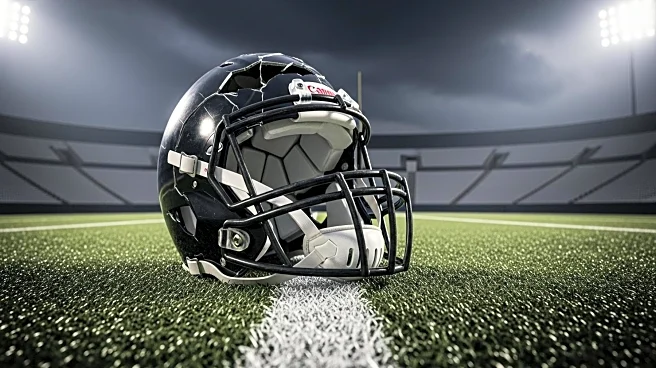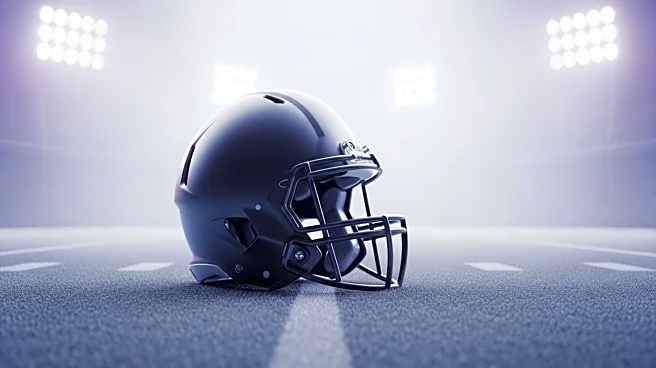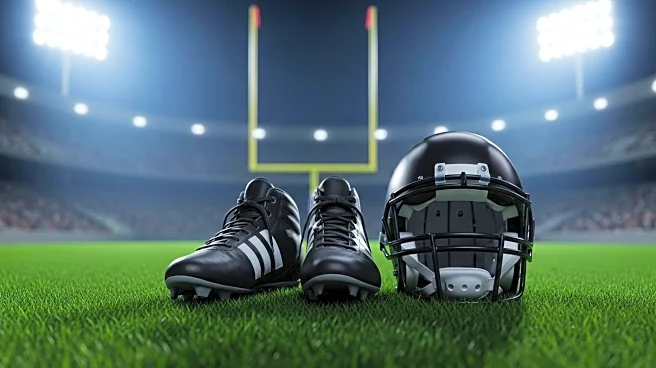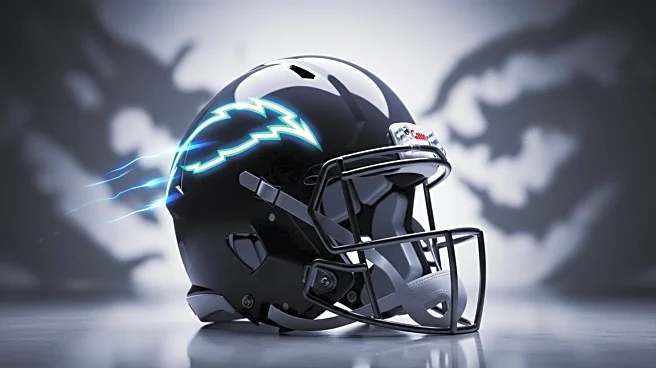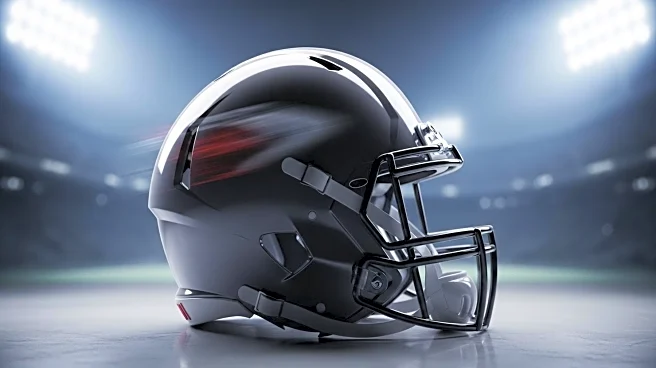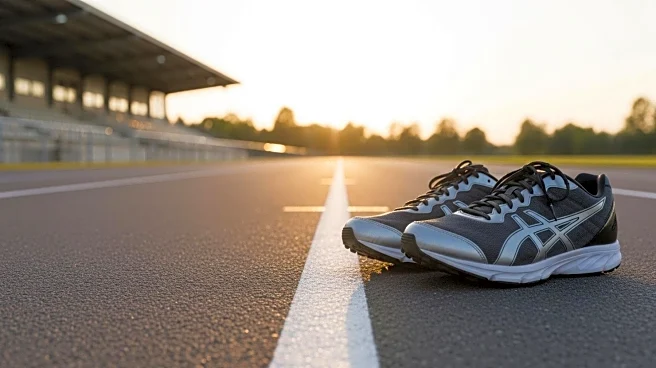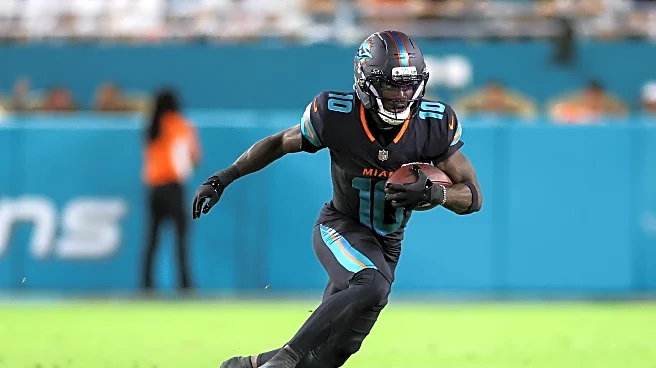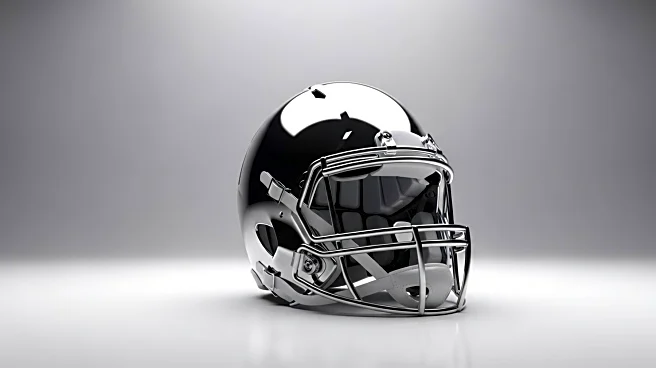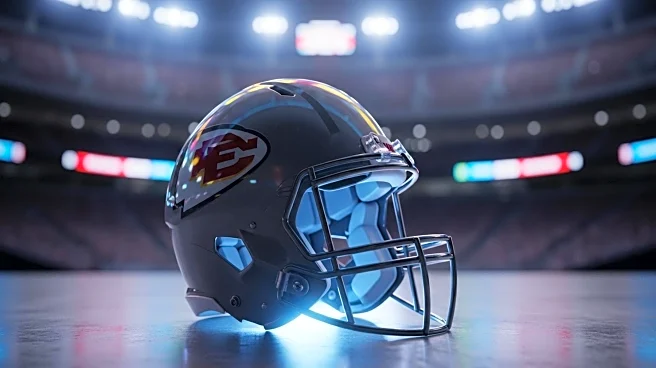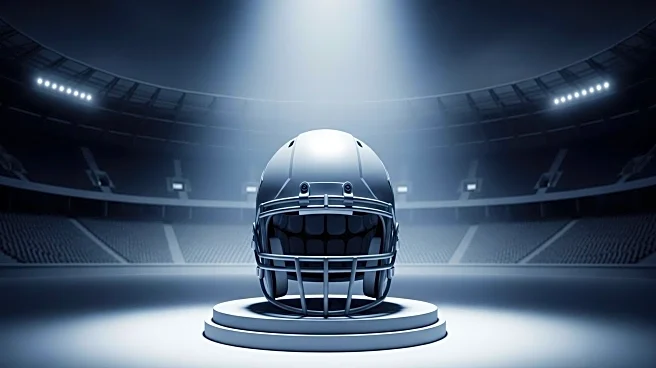What's Happening?
Tyreek Hill, the Miami Dolphins wide receiver, suffered a severe knee injury during a game against the New York Jets on September 29, 2025. The injury occurred when Hill was tackled by a Jets defender, resulting in a dislocated left knee, torn ACL, and other ligament damage. Hill underwent surgery to repair the damage and is expected to miss the remainder of the season. His teammate, Terron Armstead, expressed deep concern for Hill's well-being, highlighting the emotional toll such injuries take on NFL players. Despite the severity of the injury, Hill maintained an upbeat demeanor, which was noted by Armstead and others.
Why It's Important?
Hill's injury is significant not only for the Miami Dolphins but also for the broader NFL community. As a key player known for his speed and agility, Hill's absence will impact the Dolphins' offensive capabilities. The injury also underscores the physical risks associated with professional football, highlighting the human element behind the sport. NFL players often face severe injuries that can alter their careers and lives, and Hill's situation serves as a reminder of the sacrifices players make. The incident may prompt discussions on player safety and the long-term health implications of football injuries.
What's Next?
Hill's agent, Drew Rosenhaus, has indicated that Hill is targeting a return for the start of the next season. In the meantime, the Dolphins will need to adjust their strategy to compensate for Hill's absence. The team is set to face the Carolina Panthers in their next game, and Hill's visit to the team headquarters has reportedly boosted morale. The Dolphins will likely explore options to strengthen their lineup and maintain competitiveness in Hill's absence.
Beyond the Headlines
The injury raises broader questions about the NFL's approach to player safety and the long-term health of its athletes. As the league continues to generate significant revenue, the physical toll on players remains a critical issue. Hill's injury may contribute to ongoing debates about the adequacy of current safety measures and the need for improved protocols to protect players from severe injuries.

